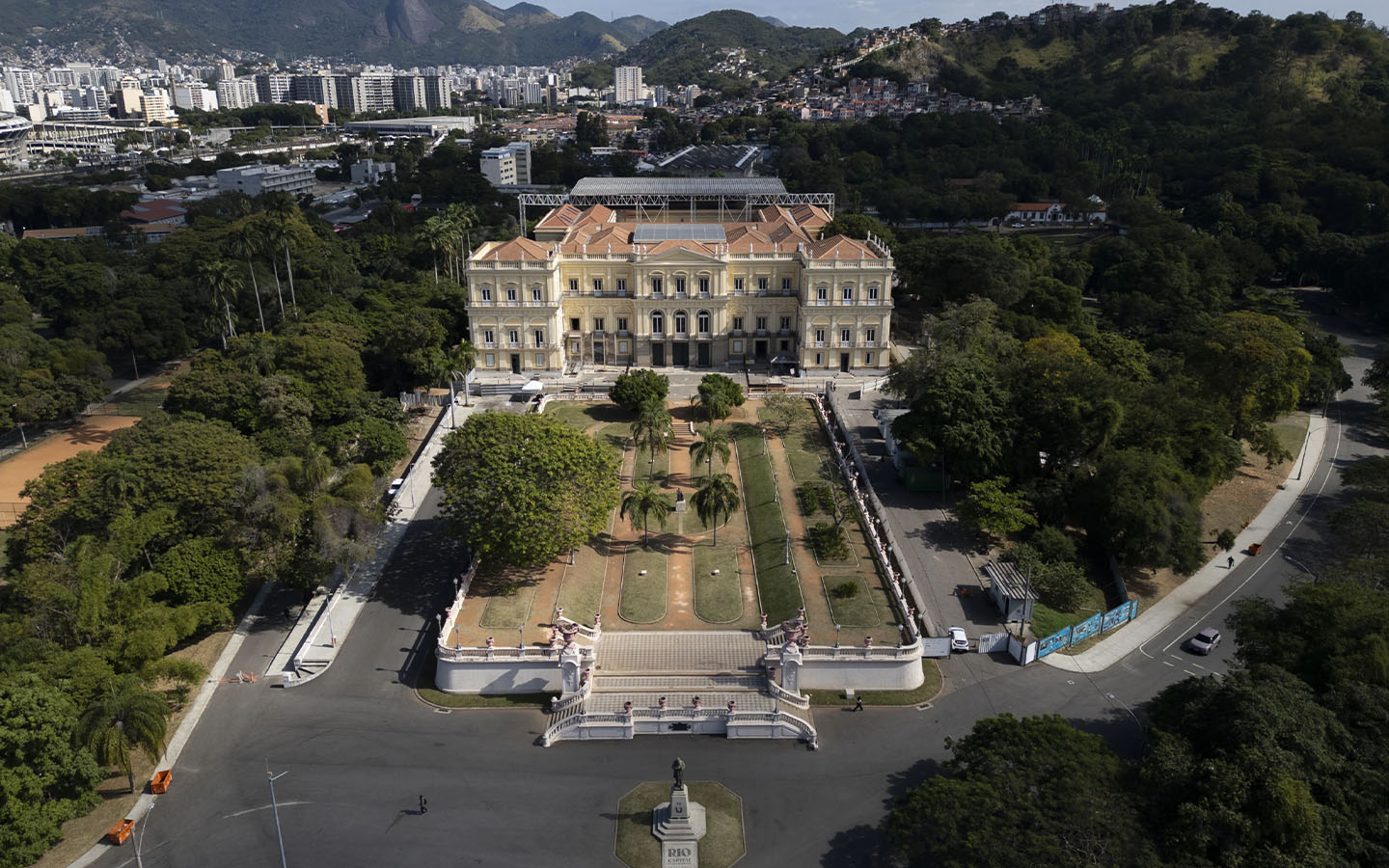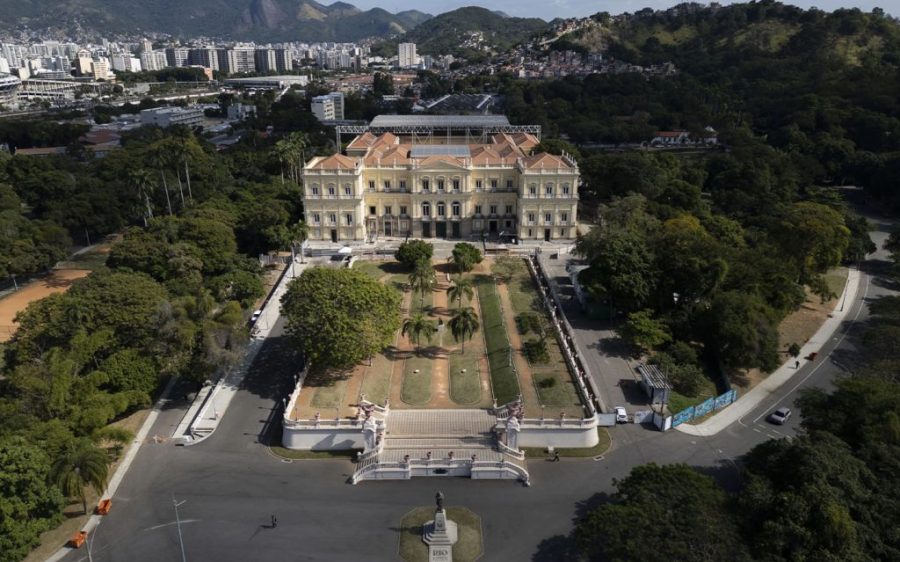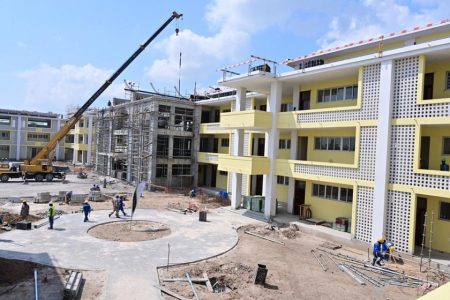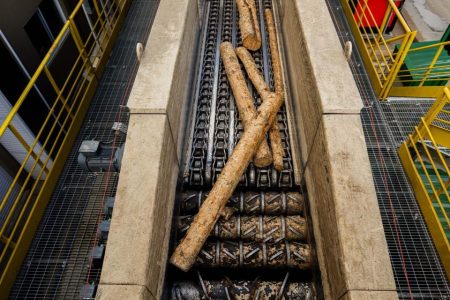Seven years after a devastating fire, Brazil’s National Museum opened its doors with a small-scale exhibition that in many ways illustrates the difficult process of recovery, according to multiple media reports.
Welcoming visitors back to the museum is a familiar sight: the Bendegó meteorite. The largest ever found in Brazil, the 5,360-kilogram, 2-metre-long iron meteorite was also the second-largest in the world when it was discovered near a stream in Monte Santo, Bahia, in 1784.
More than a century later, the massive meteorite was finally moved to its permanent home at the National Museum, quickly becoming a symbol of the museum’s endurance. When fire nearly destroyed it in 2018, wiping out around 90 percent of the more than 20 million objects in its collections, the Bendegó meteorite emerged without any major damage thanks to its particular metallic composition.
It sits in one of three restored rooms in the Palace of São Cristóvão, including the entrance hall and the Bendegó room, open to the public for the first time in seven years. Among Giants: An Experience in the National Museum features a mix of restored and donated objects along with the surviving meteorite, and offers a window into the architectural and restoration aspects of the palace, inviting museumgoers to experience the museum’s phoenix-like return firsthand.
[See more: Tragedy strikes at Brazil’s ‘Golden Church’ as ceiling collapse kills tourist]
Another giant gracing the exhibition is a 15.7-metre-long sperm whale skeleton, the largest on display in South America, suspended in the building’s new skylight. Preparing the newly acquired skeleton took around two months of restoration work, including bone consolidation and replacement of some skeletal structures. The National Museum is currently consulting on what to name the roughly 3-ton male sperm whale skeleton, inviting suggestions from the public until 31 July.
Returning favourites include two marble sculptures from Carrara and a restored Italian fresco. Originally part of the Temple of Isis in Pompeii, the fresco depicting a “dragon” and two dolphins was found after the 2018 fire in 156 fragments. It briefly returned to Italy to undergo a painstaking restoration process. Newly created artwork also shines in the exhibition, such as a series of pieces by Gustavo Caboco, a Wapichana visual artist, reinterpreting the treasured Bendegó meteorite displayed alongside the massive iron hulk and other specimens from the meteorite collection.
Once one of the largest natural history museums in the world, the National Museum has begun rebuilding its collection, reaching around 14,000 pieces including numerous donations from public and private entities, including rare Indigenous artefacts. Staff are also working to save pieces like parts of Luzia, the oldest human fossil ever found in the Americas.
Restoration of the building is another massive project, expected to cost around 517 million reais (US$95 million) with government and private donors having provided most of the money. A gap of around 170 million reais (US$31.33 million) remains, with Brazil’s Education Ministry saying it is working to secure the rest; the National Museum has long been a cornerstone of Brazil’s science and education, training researchers and educating the public.
“It’s a historic moment: to be able, even if for a short time, to open a small part of the palace for visitation! The whole society is invited to participate in this new phase of the museum” said Alexander Kellner, director of the National Museum of Brazil.
While space is currently limited, the restored museum will offer twice as much space as before the fire, with plans to display around 10,000 pieces at a time in an area between 6,000 and 7,000 square metres. New safety systems have already been installed to prevent another disaster. The fire and the long road to recovery, writes the Rio Times website, should serve as “a warning for other countries: protecting history costs money and effort, but losing it costs even more.”






